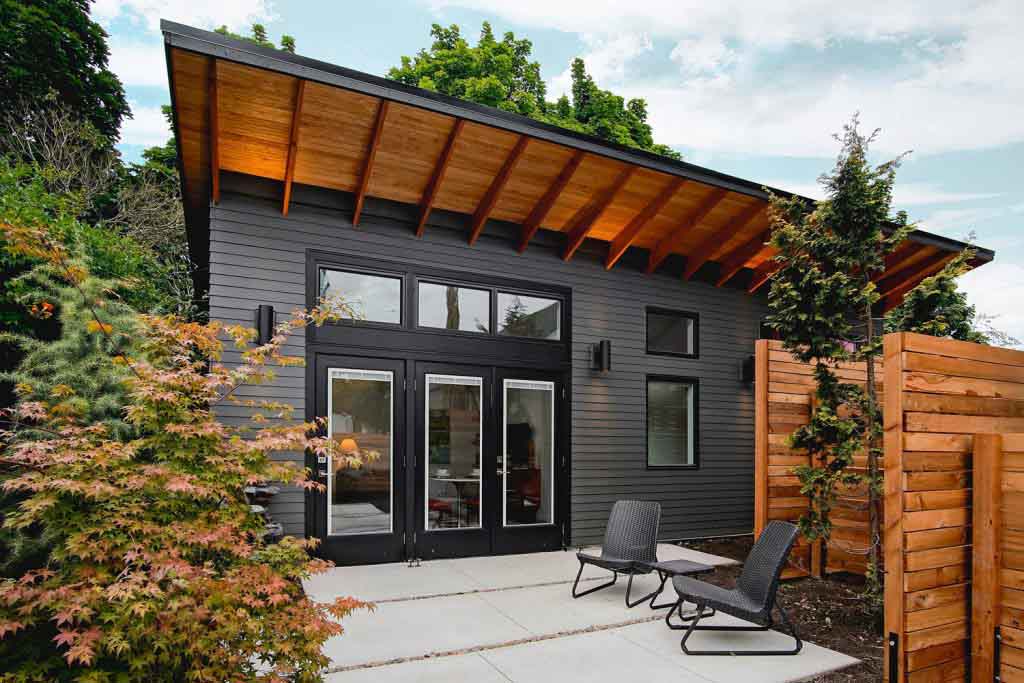
Across Kitsap County, homeowners are finding creative ways to adapt to rising property and rental prices. Many are turning to Accessory Dwelling Units, or ADUs, as a practical solution for expanding living space without leaving the neighborhood they love. As housing affordability challenges continue to grow, ADU construction in Kitsap County has become more common for those seeking long-term flexibility. For some, it’s about providing independent space for adult children. For others, it’s an opportunity to add a home office, guest suite, or rental income stream. Whatever the motivation, ADUs are giving homeowners a new level of freedom to make better use of their property while maintaining community ties and privacy.
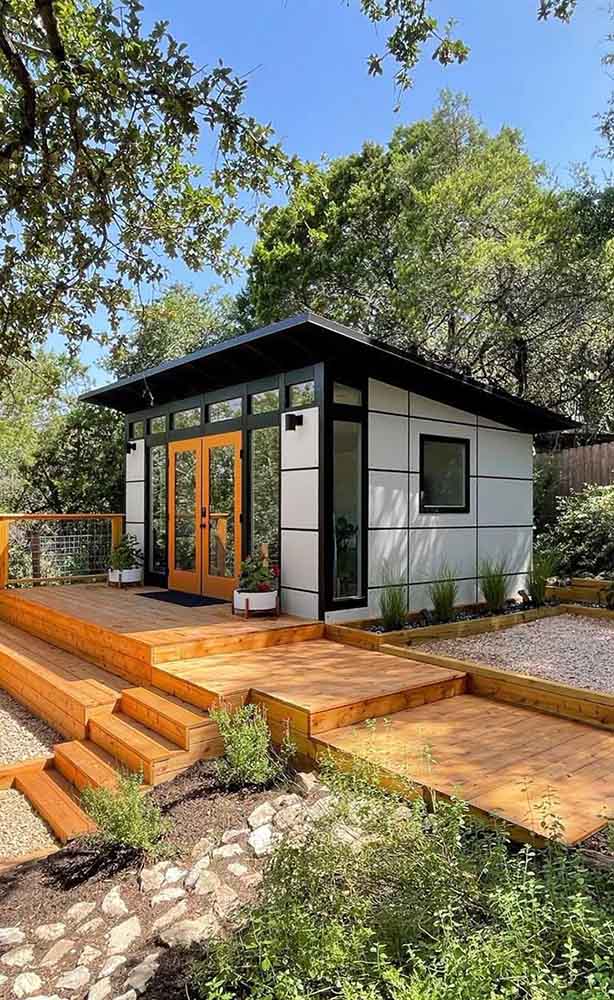
Across towns like Poulsbo, Silverdale, and Bremerton, the number of ADU permits has steadily climbed in recent years. Several factors are driving this growth. Rising home values have made it more difficult for first-time buyers and younger adults to purchase property. At the same time, Kitsap County’s zoning changes have opened the door for homeowners to build secondary units on existing lots, making the process easier and more affordable than before.
Data from the National Association of Home Builders (NAHB) and the U.S. Census Bureau shows similar growth nationwide, with thousands of new ADUs added each year. These units are no longer viewed as niche projects—they’ve become a cornerstone of smart residential design, particularly in regions where space is limited and housing costs are high.
Local homeowners have also recognized the social benefits. Multigenerational families are choosing ADUs to stay close while maintaining independence, and property owners are finding value in flexible, long-term investments that can evolve with changing family needs. Kitsap County’s unique mix of suburban neighborhoods and semi-rural lots makes it especially well suited for this kind of small-scale housing evolution.
The motivations behind ADU construction are as diverse as the people building them. For many families, an ADU is a way to give grown children or elderly parents a comfortable, private space while keeping everyone nearby. Others see ADUs as a practical solution for remote work, using them as offices, art studios, or workshops that provide quiet and separation from the main home.
Rental potential is another powerful driver. In high-demand rental markets, a well-designed ADU can provide steady income and offset mortgage costs. Because ADUs typically have their own entrances, kitchens, and bathrooms, they’re ideal for long-term tenants or short-term stays when permitted by local regulations.
Beyond financial reasons, homeowners appreciate the flexibility that ADUs offer. They can serve as transitional spaces for family members, guest quarters for visiting relatives, or hobby studios. For homeowners who value privacy and independence, a detached ADU provides the functionality of a second home without the expense of purchasing new property.
As Kitsap County continues to encourage sustainable growth, these small yet highly functional dwellings are helping communities stay connected while adapting to modern needs.

Homeowners deciding between an ADU and a home addition often start by considering cost, space, and purpose. A home addition expands the main structure, making it ideal for larger kitchens, bedrooms, or living areas connected to the home. An ADU, by contrast, stands apart—offering complete independence through its own kitchen, bath, and entryway.
Financially, both approaches can deliver value, but they serve different goals. An addition is often more cost-effective if you need continuous shared space. However, if privacy, rental potential, or long-term flexibility are priorities, an ADU can be a stronger investment.
According to the 2025 Cost vs. Value Report, smaller-scale additions such as family rooms or primary suites often recoup 55–65% of their cost at resale, while detached ADUs can increase total property value by as much as 20–30%. That added equity, combined with rental income opportunities, often makes ADUs the more strategic long-term choice.
Of course, there are considerations. Detached ADUs require their own utilities, foundations, and sometimes separate driveways. For homeowners with small lots or strict zoning, an attached addition may be simpler to execute. The key is balancing available space, budget, and goals with the property’s layout and municipal regulations.

| Category | Average ADU (Detached) | Home Addition (Attached) | Notes |
|---|---|---|---|
| Average Total Cost | $180,000 to $300,000 | $120,000 to $250,000 | Depends on size, materials, and complexity |
| Cost per Square Foot | $300 to $450 | $250 to $400 | Detached units often require separate systems |
| Permitting & Utilities | Higher | Lower | ADUs may need new connections and separate meters |
| Privacy & Flexibility | High | Moderate | ADUs allow separate living spaces |
| Long-Term Value Added | Excellent | Good | ADUs can increase resale appeal |
| Timeline | 6 to 12 months | 4 to 8 months | ADUs often require additional site prep |
Every successful ADU project begins with clear budgeting. Costs vary based on size, materials, and site complexity, but most Kitsap County homeowners can expect to invest between $180,000 and $300,000 for a detached ADU. This range covers excavation, foundation work, framing, utilities, finishes, and permitting. Smaller attached ADUs typically cost less but still require careful planning to avoid hidden expenses like utility upgrades or drainage corrections.

Budget-conscious homeowners can manage costs by keeping layouts compact, using standardized floor plans, and selecting durable but affordable finishes. Pre-fabricated or modular ADU options are also growing in popularity, allowing quicker construction and lower labor costs.
Partnering with an experienced local builder is one of the most effective ways to keep a project on track. Duramen Builds understands the specific permitting requirements and lot constraints across Kitsap County and helps homeowners plan their ADU efficiently—from initial design to the final walk-through. Working with a builder who knows the terrain and code requirements can save both time and money while ensuring a quality end result.
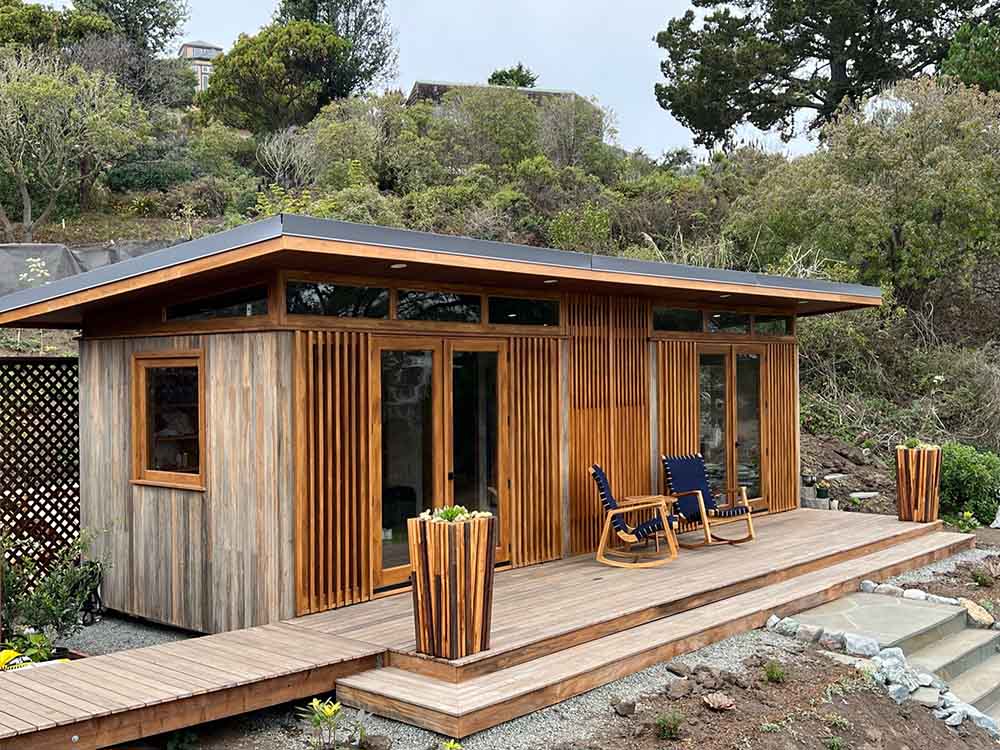
An ADU’s success often comes down to thoughtful design. Since every square foot matters, open layouts and efficient use of space make a big difference. Large windows and skylights help smaller interiors feel spacious, while light-colored finishes can enhance natural brightness.
Practical features like built-in storage benches, fold-away tables, and wall-mounted shelving maximize functionality without adding clutter. Including a small kitchenette or energy-efficient appliances ensures independence while keeping operational costs low. For homeowners building ADUs for long-term family use, consider adding accessibility features such as wider doors, level entries, and walk-in showers.
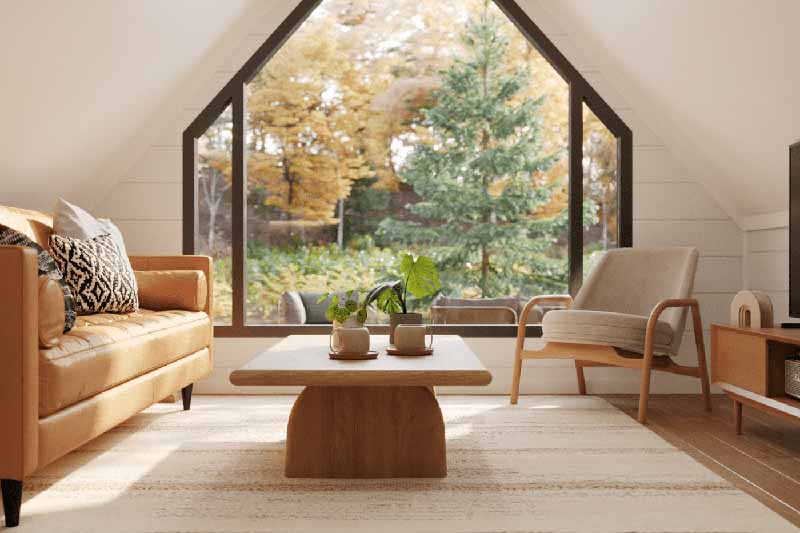
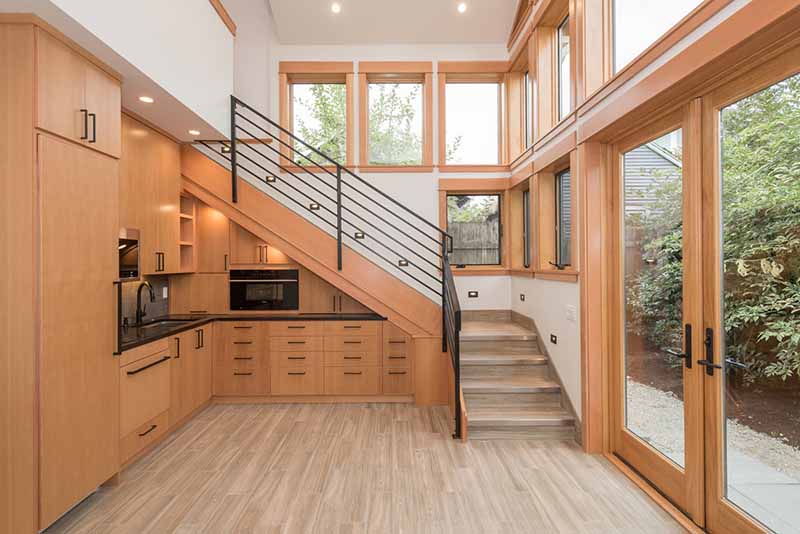

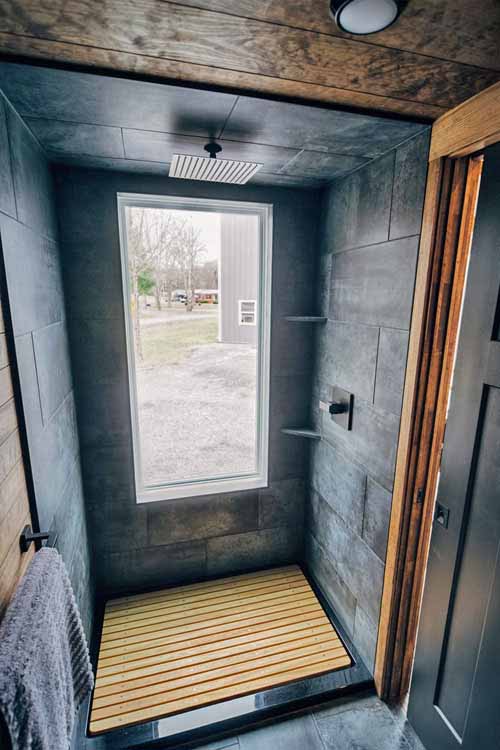
Sustainability is another priority. Energy-efficient windows, advanced insulation, and smart thermostats help reduce long-term utility costs. Kitsap County’s climate also makes heat pumps and durable siding materials wise investments. Designing for the future—whether for a growing family or potential tenants—ensures your ADU remains useful for decades to come.
With a thoughtful layout, high-quality materials, and energy efficiency in mind, your ADU can serve as a self-sufficient retreat that adds both comfort and long-term value to your property.
Accessory Dwelling Units are reshaping how homeowners think about property use, affordability, and family living in Kitsap County. With thoughtful planning and smart design, an ADU can provide financial flexibility, personal space, and lasting value. For those considering ADU construction in Kitsap County, working with a local expert ensures the project aligns with both vision and budget while meeting all local requirements.
Most jurisdictions allow detached ADUs up to about 1,000 square feet, though this can vary. Always confirm local zoning and setback regulations before finalizing your design.
Separate systems are usually recommended for electrical, plumbing, and heating. They allow greater independence and simplify future resale, though shared connections can reduce upfront costs.
Timelines range from six to twelve months depending on design complexity, site prep, and permitting. Working with a builder familiar with local processes can speed up approvals.
Yes. Kitsap County allows ADUs to be used as long-term rentals if they meet building and occupancy codes. Always review current regulations for your city or unincorporated area.
For many homeowners, yes. ADUs offer privacy, potential income, and higher resale value, whereas remodels primarily improve the existing home’s comfort and aesthetics.
Ready to talk numbers for your own project? Reach out to our Kitsap County team for a detailed quote and expert guidance every step of the way. We’ll help you plan a build that fits your budget, timeline, and vision
